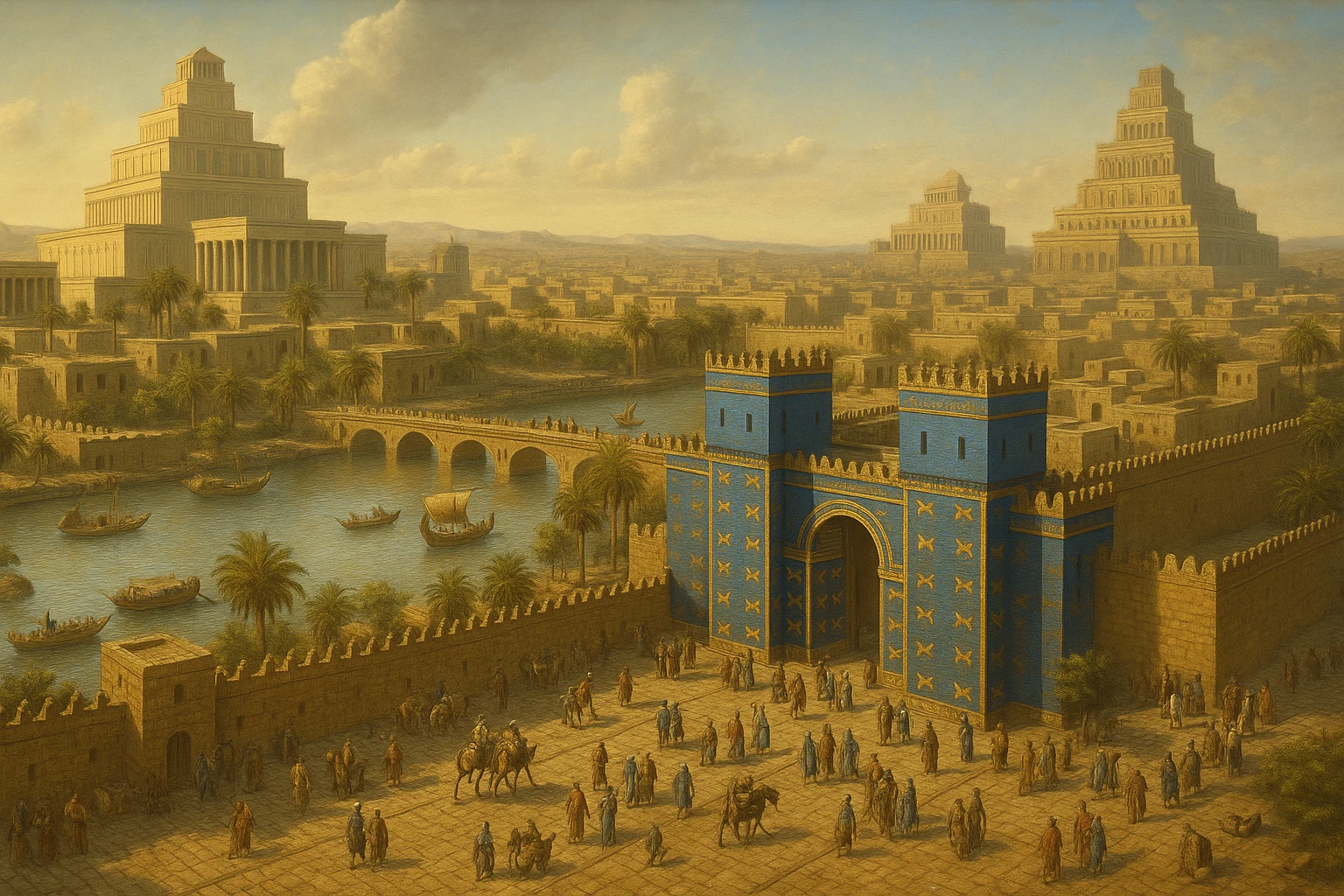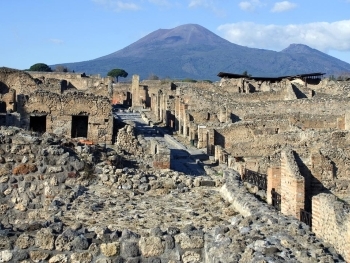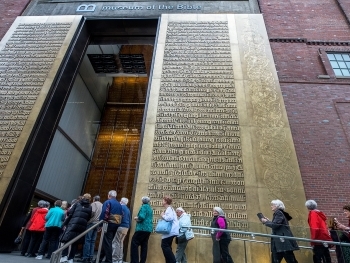
The Babylonian exile is often seen as one of the darkest moments in Jewish history—a time of destruction, displacement, and despair. Yet, it was also a transformative period, one that reshaped Jewish faith, practice, and identity in profound ways. While Babylon (in modern-day Iraq) was the setting for exile, it was ancient Persia (modern-day Iran) that became the unlikely agent of restoration and renewal. Through the policies of Persian rulers and the lived experiences of Jews in exile and return, Iran played a pivotal role in the formation of post-exilic Jewish identity.
1. The Babylonian Exile: Crisis and Reorientation
In 586 BCE, the Babylonian Empire, under King Nebuchadnezzar II, destroyed Jerusalem and the First Temple, carrying thousands of Jews into exile. This marked a theological and national catastrophe. The center of Jewish worship was gone. The covenantal promises tied to the land and the Davidic monarchy appeared shattered.
Yet this forced separation from the land and temple catalyzed profound religious development:
- Synagogues began to emerge as centers of community and worship.
- Oral and written tradition became increasingly important.
- A renewed focus on law (Torah) and prayer took hold.
- Prophets like Ezekiel and Daniel ministered in exile, encouraging faith and hope.
This period sowed the seeds for rabbinic Judaism, which would later flourish in diaspora communities.
2. The Persian Conquest: From Exile to Restoration
In 539 BCE, Babylon fell to Cyrus the Great, founder of the Achaemenid Empire—ancient Persia. In a dramatic reversal of policy, Cyrus allowed exiled peoples to return to their homelands and rebuild their temples, including the Jews in Jerusalem.
The Bible celebrates this moment:
"In the first year of Cyrus king of Persia... the Lord moved the heart of Cyrus... to rebuild a temple for him at Jerusalem."
— Ezra 1:1
This decree wasn't merely political. In Jewish tradition, it was seen as divinely ordained, fulfilling the words of prophets like Isaiah and Jeremiah. Cyrus is even called “God’s anointed” (Isaiah 45:1), a striking title for a Gentile ruler.
Persian kings after Cyrus—Darius I, Xerxes (Ahasuerus), and Artaxerxes I—continued this pattern of relative tolerance and support. They provided funds, protection, and governance structures that allowed the returning Jews to rebuild the Second Temple and reestablish their society.
3. Persia and the Development of Jewish Identity
A Diasporic Community Emerges
Not all Jews returned to Jerusalem. Many remained in Persia, forming what would become one of the oldest and most enduring Jewish communities in the world. Jewish life in Persia was active, literate, and often prosperous. Over time, the Jews of Persia would produce major works, including the Babylonian Talmud, which became foundational to Jewish law and thought.
Religious Adaptation and Survival
Under Persian rule, Jewish leaders such as Ezra and Nehemiah emphasized the observance of Torah, the importance of communal purity, and the centrality of Jerusalem. These themes became cornerstones of Jewish identity, especially in diaspora contexts where cultural pressures threatened assimilation.
The exile and return crystallized the idea that Jewish identity could endure without political sovereignty, as long as there was adherence to God’s law, communal memory, and spiritual resilience.
4. The Book of Esther: Faith in a Foreign Land
Set entirely within the Persian court, the Book of Esther dramatizes the challenges of Jewish life in exile. The Jews are integrated but still vulnerable, as shown in Haman’s plot to annihilate them. Through Esther’s courage and Mordecai’s wisdom, they survive and triumph.
Esther reflects a new Jewish identity—one forged in diaspora, relying on diplomacy, faith, and unity rather than temple and king. The resulting festival, Purim, celebrates not just survival, but the enduring presence of divine providence, even when hidden.
5. Iran’s Enduring Jewish Legacy
Though today’s Iran and Israel have fraught relations, the legacy of Persia in Jewish history is rich and enduring:
- Iran is home to one of the oldest Jewish communities in the world, dating back over 2,500 years.
- Sites like the Tomb of Esther and Mordecai in Hamadan are still pilgrimage destinations.
- Persian Jewish traditions, prayers, and customs continue to influence Jewish life around the world.
For centuries, Persia was not a land of oppression for Jews, but one of opportunity, scholarship, and relative stability—an exception among many ancient empires.
Shaped in Exile, Strengthened in Return
The Babylonian exile shattered the old order, but it was under Persian rule that a new Jewish identity began to emerge—one that was more portable, more textual, and more resilient. From the trauma of destruction to the hope of restoration, ancient Iran played an essential role in shaping how Jews understood themselves, their God, and their future.
In the long arc of Jewish history, Babylon exiled them, but Persia helped rebuild them—not just physically, but spiritually and culturally. Today, as political headlines often focus on conflict, history offers a deeper narrative of cooperation, restoration, and enduring influence.
Babylonian Exile Old Testament Old Testament stories Persian Empire Cyrus the Great Jewish identity Ancient Iran Ezra and Nehemiah Esther Jewish diaspora Old Testament history Bible and Persia



















